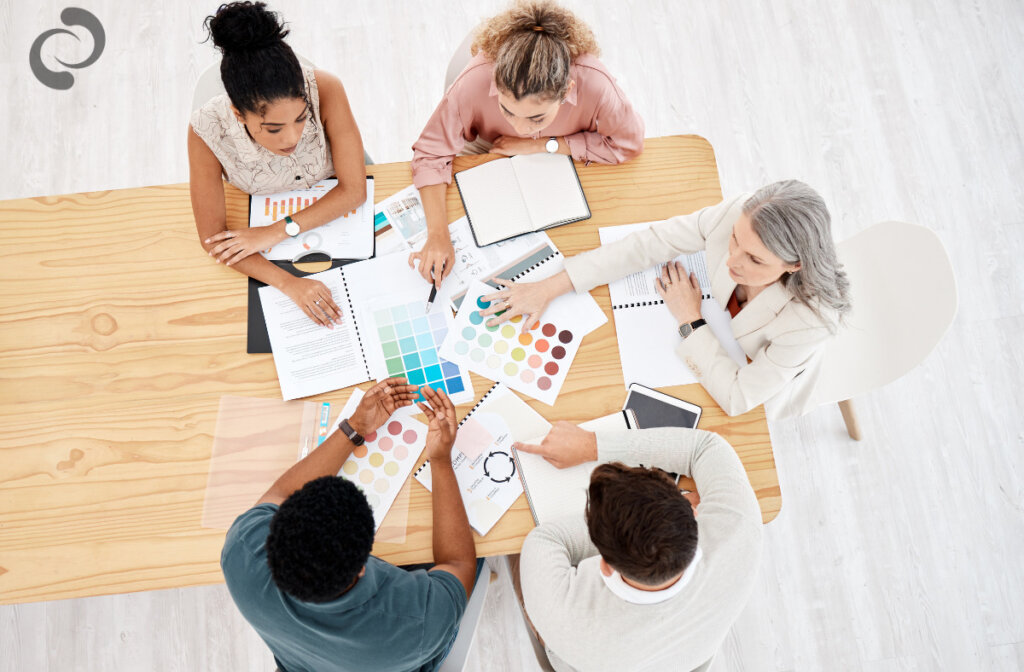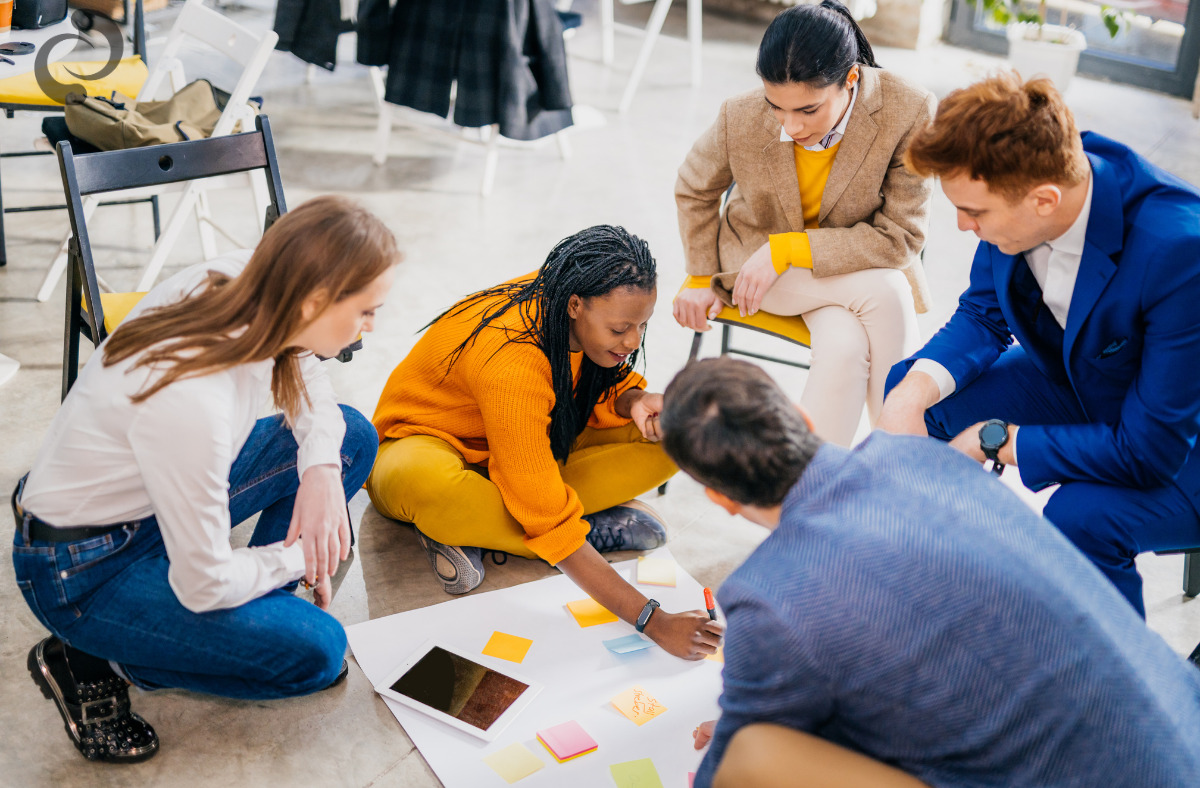Event design is not just about aesthetics, it is also about creating an environment that fosters interaction, learning, and enjoyment for the attendees. Event design can influence the mood, behavior, and perception of the participants, as well as the outcomes and objectives of the event. In this content, we will explore some of the psychological aspects of event design and how they can enhance the attendee experience.
Event Design and Emotions
One of the most important aspects of event design is how it affects the emotions of the attendees. Emotions are powerful drivers of human behavior and decision making, and they can also impact the memory and recall of the event. According to the emotional design theory by Donald Norman, there are three levels of design that elicit different emotional responses: visceral, behavioral, and reflective.
Visceral Design
Visceral design refers to the immediate and subconscious reaction to the appearance and sensory aspects of the event, such as the colors, shapes, sounds, smells, and textures. Visceral design can create a positive or negative impression of the event, and influence the mood and arousal of the attendees. For example, warm and bright colors can evoke excitement and energy, while cool and dark colors can evoke calmness and relaxation. Similarly, pleasant and familiar smells can create a sense of comfort and nostalgia, while unpleasant and unfamiliar smells can create a sense of discomfort and aversion.
Behavioral Design
Behavioral design refers to the functional and practical aspects of the event, such as the layout, navigation, usability, and feedback. Behavioral design can affect the satisfaction and performance of the attendees, as well as their engagement and interaction with the event content and other participants. For example, a spacious and well-organized layout can facilitate movement and accessibility, while a crowded and chaotic layout can cause frustration and confusion. Likewise, a clear and intuitive navigation can enhance the user experience and learning, while a complex and ambiguous navigation can hinder the user experience and learning.
Reflective Design
Reflective design refers to the personal and cultural aspects of the event, such as the meaning, value, and identity. Reflective design can influence the attitude and preference of the attendees, as well as their loyalty and advocacy of the event. For example, a meaningful and relevant theme can resonate with the attendees and inspire them, while a meaningless and irrelevant theme can alienate the attendees and bore them. Similarly, a valuable and memorable souvenir can create a positive association and recall of the event, while a worthless and forgettable souvenir can create a negative association and recall of the event.
By considering these three levels of design, event planners can create an event that appeals to the emotions of the attendees and enhances their experience.
Event Design and Motivation
Another important aspect of event design is how it affects the motivation of the attendees. Motivation is the force that drives people to act and achieve their goals, and it can also affect the quality and quantity of their participation and learning. According to the self-determination theory by Edward Deci and Richard Ryan, there are two types of motivation: intrinsic and extrinsic.
Intrinsic Motivation
Intrinsic motivation refers to the internal and inherent interest and enjoyment of the activity, such as the curiosity, challenge, and fun. Intrinsic motivation can foster creativity, innovation, and mastery, as well as increase the retention and transfer of knowledge and skills. For example, a gamified and interactive event can stimulate the intrinsic motivation of the attendees and encourage them to explore, experiment, and collaborate.
Extrinsic Motivation
Extrinsic motivation refers to the external and contingent rewards and punishments of the activity, such as the recognition, incentives, and feedback. Extrinsic motivation can enhance performance, productivity, and compliance, as well as provide direction and guidance. For example, a goal-oriented and structured event can boost the extrinsic motivation of the attendees and motivate them to achieve, compete, and improve.
By balancing these two types of motivation, event planners can create an event that engages the attendees and inspires them to learn and grow.

Event Design and Socialization
A third important aspect of event design is how it affects the socialization of the attendees. Socialization is the process of interacting and communicating with others, and it can also affect the sense of belonging and community of the attendees. According to the social identity theory by Henri Tajfel and John Turner, there are two levels of social identity: personal and group.
Personal Identity
Personal identity refers to the individual and unique characteristics and preferences of the person, such as their personality, values, and goals. Personal identity can foster diversity, individuality, and self-expression, as well as increase the satisfaction and loyalty of the attendees. For example, a personalized and customized event can cater to the personal identity of the attendees and make them feel special and valued.
Group Identity
Group identity refers to the collective and shared characteristics and norms of the group, such as their culture, beliefs, and roles. Group identity can foster unity, solidarity, and cooperation, as well as increase the trust and commitment of the attendees. For example, a themed and branded event can appeal to the group identity of the attendees and make them feel connected and involved.
By integrating these two levels of social identity, event planners can create an event that connects the attendees and builds a strong and lasting relationship.
Event Design and Synergy Global Events
As you can see, event design is a powerful and complex tool that can affect the attendee experience in various ways. Event design can influence the emotions, motivation, and socialization of the attendees, as well as the outcomes and objectives of the event. However, event design is not a one-size-fits-all solution, it requires careful planning, research, and execution to create an event that suits the needs and expectations of the attendees and the organizers.
That is why you need a professional and experienced event planning and management company like Synergy Global Events which is a leading company in the field of event design, specializing in corporate events, incentive events, MICE, and event destinations. Synergy Global Events has a team of experts who can help you create an event that is interactive, captivating, and informing. Synergy Global Events has great expertise especially in Montenegro and Türkiye, two of the most attractive and emerging event destinations in Europe and Asia. Synergy Global Events can offer you a wide range of venues, activities, and services that will make your event unforgettable and successful.
If you are interested in learning more about event design and how Synergy Global Events can help you, please contact us today. We would love to hear from you and assist you with your event needs.



